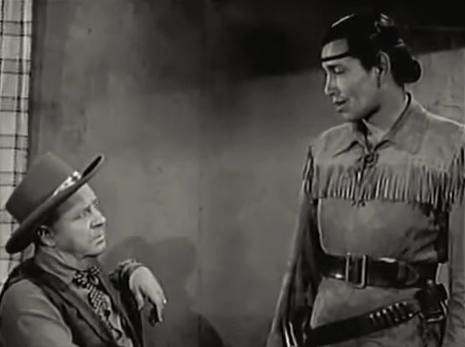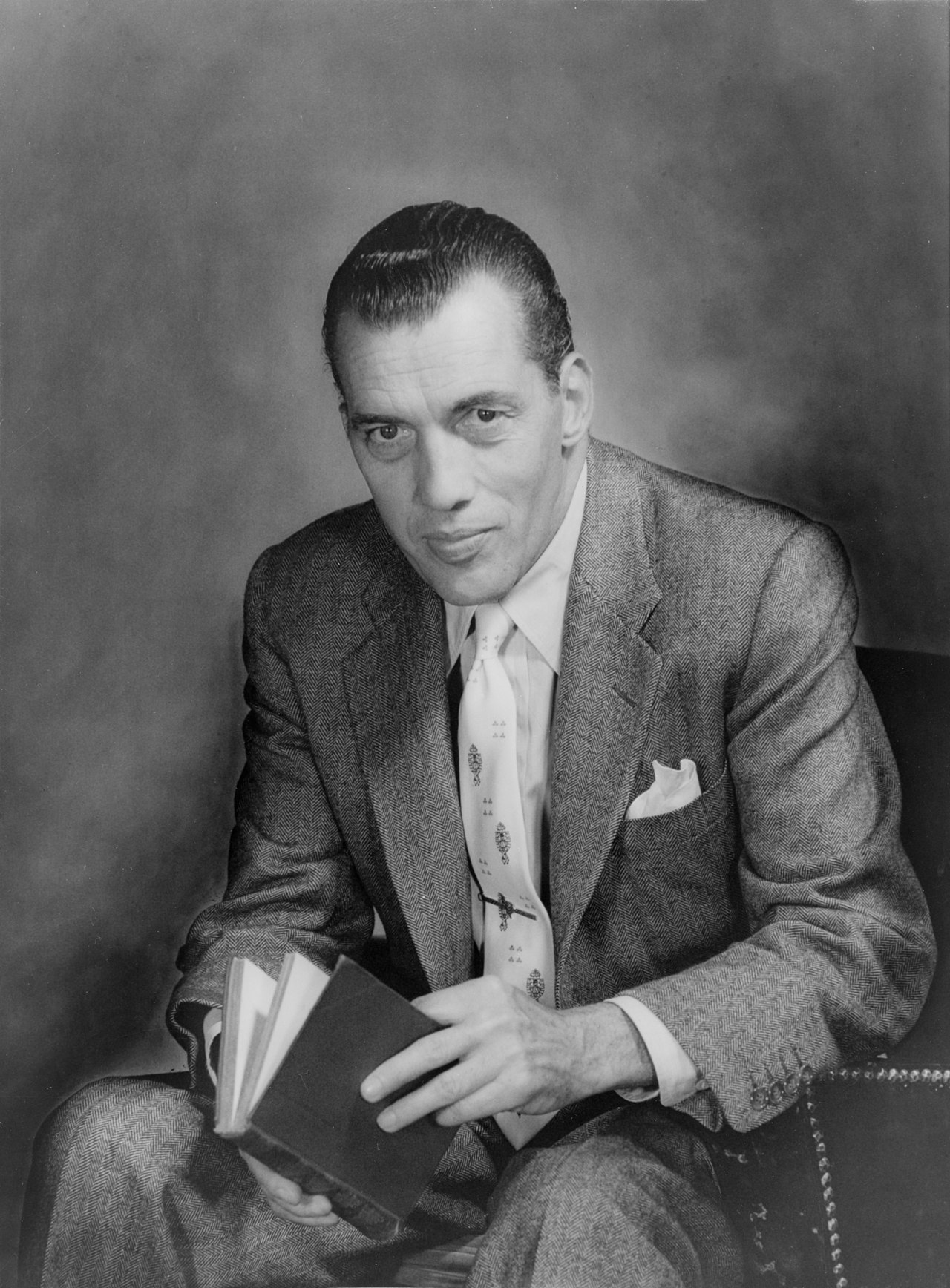The landscape of television has undergone a remarkable transformation since its early days. In the era of live broadcasts, many classic TV shows were transmitted in real-time, without the benefit of recording, leading to a significant portion of television history being lost or forgotten. This was especially true for various genres, including news, variety shows, old dramas, and comedy series. Fast forward to today, and the emergence of streaming giants like Netflix, Amazon Prime, Hulu, and others has revolutionized the way we consume TV content. With a plethora of choices at our fingertips, it’s a stark contrast to the limited options our great grandparents had. This article takes a nostalgic journey back in time, revisiting the pioneering TV shows that marked the beginning of television broadcasting and left an indelible imprint on the entertainment industry.
The Lone Ranger (1949 to 1957) – This TV show was a western drama series that aired on the ABC Television network from 1949 to 1957. It starred Clayton Moore, Jay Silvereheels, Chuck Courtney, and John Hart. The Lone Ranger was the highest-rated TV show during the early 1950s. The show ran for over 5 seasons and had 221 episodes in total.
Stand By for Crime (1949) – This TV show was a police drama that aired on the ABC Television network from January 1949 to August that same year. It starred Myron Wallace, Boris Aplon, and George Cisar. Stand By for crime is known for being the first TV show that was transmitted from Chicago to New York City. It ran for 30 minutes, and it had only one season.
ABC Television Players (1949) – This is a live TV program that was aired on the ABC Television network from January to October 1949. It was initially named ABC Television Players, then it was changed to ABC Tele-Players. They finally settled with ABC Penthouse Players. The TV show was a 30-minute show that showcased live dramatic presentation by little-known actors. The show was narrated by Donald Gallaher, and it was broadcasted live from Chicago.
Your Show Time (1949) – This is an anthology drama series that was aired on the NBC Television network from January to July 1949. This show featured 30 minutes dramatizations of stories that were written by renowned authors such as Victor Hugo, Guy de Maupassant, Arthur Conan Doyle, Charles Dickens, and Mark Twain. Your Show Time was produced by Marshall Grant, and it only aired for one season, which has 26 episodes.
Ripley’s Believe It or Not (1949 to 1950) – This TV show was a documentary series that first aired on NBC from 1949 to 1950. This was hosted by Robert L. Ripley, and it was based on the popular newspaper feature. The show was revived for a couple of times for several years with different hosts and producers.
Suspense *1949 to 1954) – This is a TV anthology series that aired on the CBS Television network from 1949 to 1954. Suspense was adapted from the radio program that has the same name. It was broadcasted live from New York City, and each episode was hosted by Rex Marshall. The show had a total of six seasons with 260 episodes.
These Are My Children (1949) – This is a TV soap opera that was aired on the NBC Television network from January to March 1949. These Are My Children were broadcasted live from Chicago, Illinois, for 15 minutes a day for five days. It is known to be the first daytime soap opera that was aired on TV.
Fireside Theatre (1949 to 1958) – Also known as Jane Wyman Presents, this show was an anthology drama series that aired on the NBC Television network from 1949 to 1958. It was considered to be the first successful filmed TV series in American TV history. The show reportedly had a low budget, which is why it often featured public domain stories that were written by freelance writers. Even if it was panned by critics, the show managed to remain on the top ten most popular plays during that time. Fireside Theatre had a total of seven seasons with 268 episodes.
The Clock (1946 to 1948) – This show is an anthology TV series that was based on the ABC radio series of the same title. The Clock aired from 1946 to 1948, and it mostly consists of half-hour original drama series that features mayhem, murder, and insanity. The show was hosted by Larry Semon, and each week, they have a new set of guest stars.
Captain Video and His Video Rangers (1949 to 1955) – This is a science fiction TV series which aired on the DuMont TV Network, and it is considered to be the first TV show of its genre to ever air on American TV. Captain Video and His Video Rangers aired from June 1949 to April 1955, and it was able to spawn a 30-minute spinoff series entitled The Secret Files of Captain Video.
Kukla, Fran and Ollie (1947-1957) – This early American television show was a groundbreaking children’s program featuring a mix of live actors and puppets, or “Kuklapolitans.” Created and manipulated by Burr Tillstrom, the show was unscripted and improvised, creating a spontaneous and engaging atmosphere. Fran Allison starred as the only human character who interacted with the puppets. The show’s charm and creativity made it a beloved classic, appealing to both children and adults and setting a high standard for children’s programming.
The Ed Sullivan Show (1948-1971) – Originally titled “Toast of the Town,” this variety show, hosted by Ed Sullivan, became one of the longest-running shows in TV history. It featured a diverse array of performances, including music, comedy, dance, and circus acts. The show is particularly famous for introducing major music acts to American audiences, including Elvis Presley and The Beatles, marking significant moments in television and music history.
Meet the Press (1947-present) – As the longest-running television program in the world, “Meet the Press” is a significant piece of TV history. This weekly news/interview program focuses on interviews with leaders in politics and other realms of public affairs, along with panel discussions. Its format set the stage for future news and political commentary shows and remains a cornerstone of Sunday morning broadcast news programming in the United States.
Texaco Star Theatre (1948-1956) – Hosted by Milton Berle, this variety show is often credited with driving American TV’s popularity in its early days. Berle’s comedic talent and charisma earned him the nickname “Mr. Television,” and the show’s success demonstrated the medium’s potential for entertainment. It was a pivotal program in establishing television as a dominant form of media in the post-war era.
Howdy Doody (1947-1960) – A pioneer in children’s television programming, “Howdy Doody” was an American children’s television program with a mix of live action and puppetry. It was one of the first and most beloved children’s shows on American television and featured characters like Buffalo Bob Smith and the show’s namesake, Howdy Doody. The show was innovative in its interactive format and is fondly remembered by generations of viewers.
Top Television Stars of the 1940s
The 1940s kicked off the era of television. These early television stars were instrumental in defining the medium and set the stage for the explosion of television’s popularity in the 1950s and beyond. Their contributions were crucial in shaping the early days of TV and establishing a foundation for future programming and personalities.
Milton Berle: Often referred to as “Mr. Television,” Berle became one of the first major American TV stars due to his work on “Texaco Star Theatre.” His comedic style and charisma made him a household name and helped establish television as a mainstream medium.
Ed Sullivan: As the host of “Toast of the Town,” which later became “The Ed Sullivan Show,” Sullivan was a prominent figure on TV. He was known for his somewhat stiff on-camera persona, but his show was immensely popular for its variety of acts and played a key role in introducing new talent to the American audience.
Buffalo Bob Smith: As the host of “The Howdy Doody Show,” Smith became very popular among young audiences. His interaction with the show’s puppet characters and his friendly demeanor made him a beloved figure in early children’s television.
Lucille Ball: Before her iconic role in “I Love Lucy” in the 1950s, Lucille Ball appeared in several television programs in the late 1940s. She was a pioneer among female comedians and later became one of the most beloved TV stars of all time.
Jack Benny: Renowned for his radio program, Jack Benny made a successful transition to television in the late 1940s. His comedic timing and distinctive style made him a favorite among TV audiences.
Sid Caesar: In the late 1940s, Caesar began to appear on television in variety programs. He would later become famous for “Your Show of Shows” in the 1950s, but his work in the late 1940s laid the groundwork for his success.
Arthur Godfrey: A radio star who successfully transitioned to television, Godfrey became one of the medium’s early stars with programs like “Arthur Godfrey’s Talent Scouts” and “Arthur Godfrey and His Friends.”
Final Thoughts
These early television shows, though often overshadowed by modern productions, played a crucial role in shaping the TV landscape and laid the foundation for the rich and diverse content we enjoy today. They remind us of the humble beginnings of a medium that has now become an integral part of our daily lives and culture. As television evolved, many different types of shows were introduced, including talent shows. To learn more about this, read our article about The Most Influential Talent Shows in Television History




